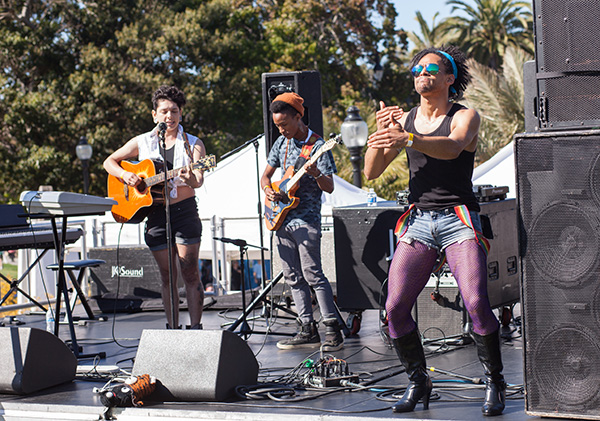Music
Is it possible to make music accessible?
Music is a universal language, but it can be challenging for people who are Deaf or hard-of-hearing to experience. Additionally, it can be difficult for musicians with disabilities. But it is not impossible.
We have many examples of notable blind musicians:
- Stevie Wonder
- Ray Charles
- Andrea Bocelli
- Art Tatum
- José Feliciano
- Blind Willie Johnson
We also have seen adaptations and innovation in education:
- Ely Sosa, a blind trumpet player from Little Elm High School in Texas, uses spatial memory and peer guidance to march independently.
- Nick Oliver from Cy-Fair High School in Houston learned Braille music and developed muscle memory to perform at state championships.
- Cal Poly’s EMPOWER Team is developing haptic navigation systems to help blind musicians march without sighted guides.
Ohio State School for the Blind
The Ohio State School for the Blind (OSSB) is the "home of the world's only all-blind marching band," which was founded in 2005. The band performs at area football games, parades, and other events, and is known for its ability to entertain and inspire while demonstrating the abilities of visually impaired musicians. Members learn to march and play their instruments by using a combination of counting steps, following cues from fellow band members, and utilizing their other senses.
Music instruction at OSSBImproving accessibility of music
These resources are provided as examples, not an exhaustive list of all options available for musicians with disabilities.
For the audience
Music is for everyone. There are many ways to make a musical experience accessible.
Accessible Festivals is an organization committed to making events accessible.
Most Deaf or hard-of-hearing attendees get accessible seating or areas near the stage. This helps them to feel the vibrations of the music as well as see the sign language interpreters. Subpac is an innovative example of wearable technology meant to amplify the experience for the Deaf community.
